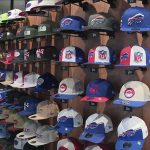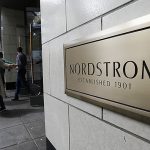The Commerce Department said consumer spending rose 0.8 percent in July, representing a rebound after sliding 0.1 percent in June. The rise in spending matched the increase in February as the largest since summer 2009.
Adjusted for inflation, personal spending rose 0.5 percent last month, compared with a less than 0.1 percent decline in June.
“Purchases of motor vehicles and parts accounted for most of the increase in July and for most of the decrease in June,” the Commerce Department said in its release.
Since spending rose more than income, the individual savings in July rate dropped to 5.0 percent from 5.5 percent of disposable income.
Adjusted for inflation, disposal income actually fell 0.1 percent to mark the first drop in 10 months. Disposable income, or take-home pay, fell mainly because of higher gas and food costs.
The level of prices, or Inflation, rose 0.4 percent based on the latest reading from the personal consumption expenditure price index. The index has increased 2.8 percent over the past 12 months, pressured by rising gas and commodity prices.
The core PCE, which excludes volatile food and energy costs, rose a lesser 0.2 percent. The core index is closely watched by central bankers and economists to gauge inflationary trends.
Over the past year, core PCE inflation has risen a smaller 1.6 percent.
Economists surveyed by MarketWatch had forecast a 0.4 percent increase in personal income and a 0.6 percent rise in consumer spending. The core PCE index was expected to rise 0.2 percent.
The government also revised consumer spending in June to an increase of 0.2 percent from an original reading of 0.1 percent. Personal spending fell 0.1 percent instead of 0.2 percent.









